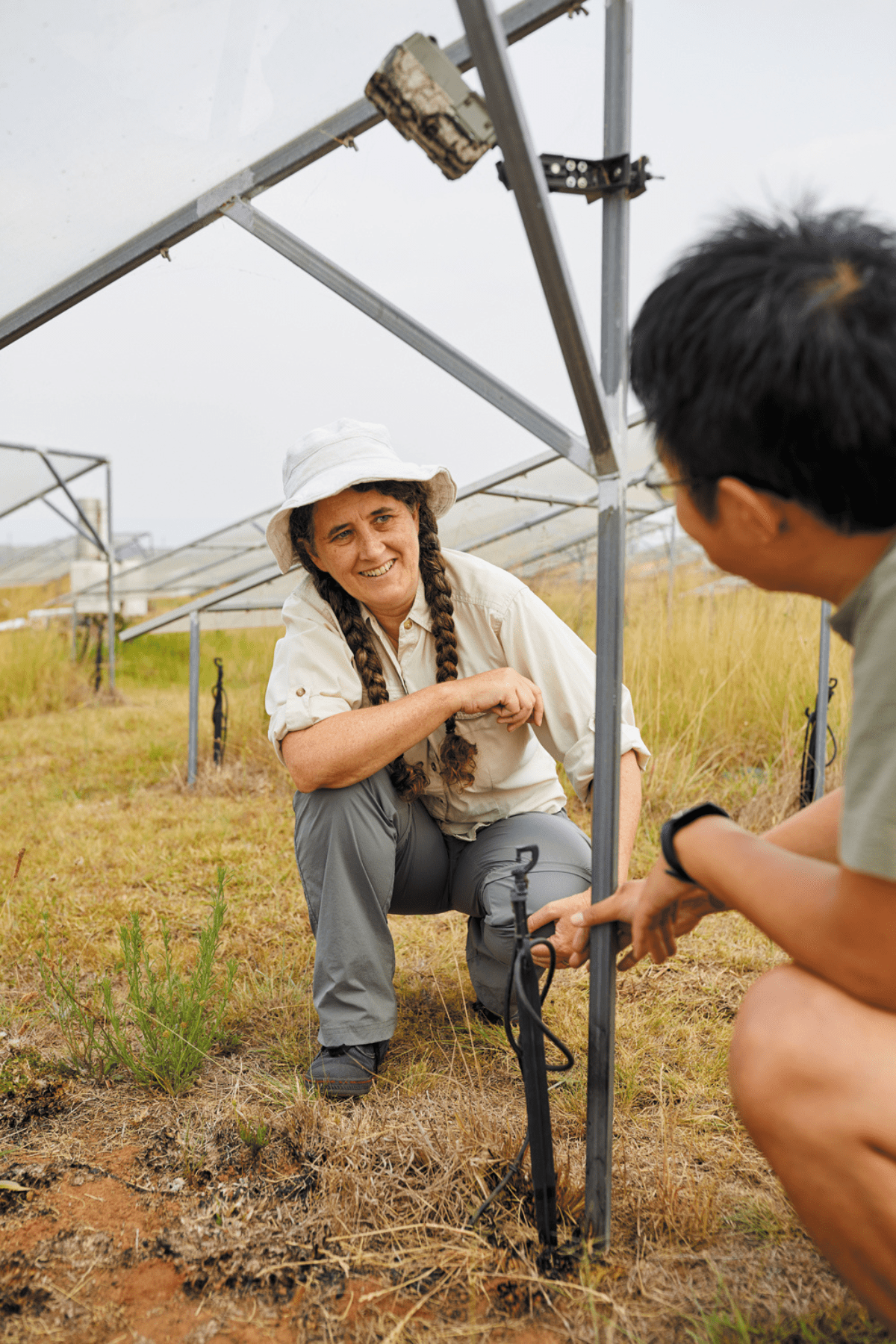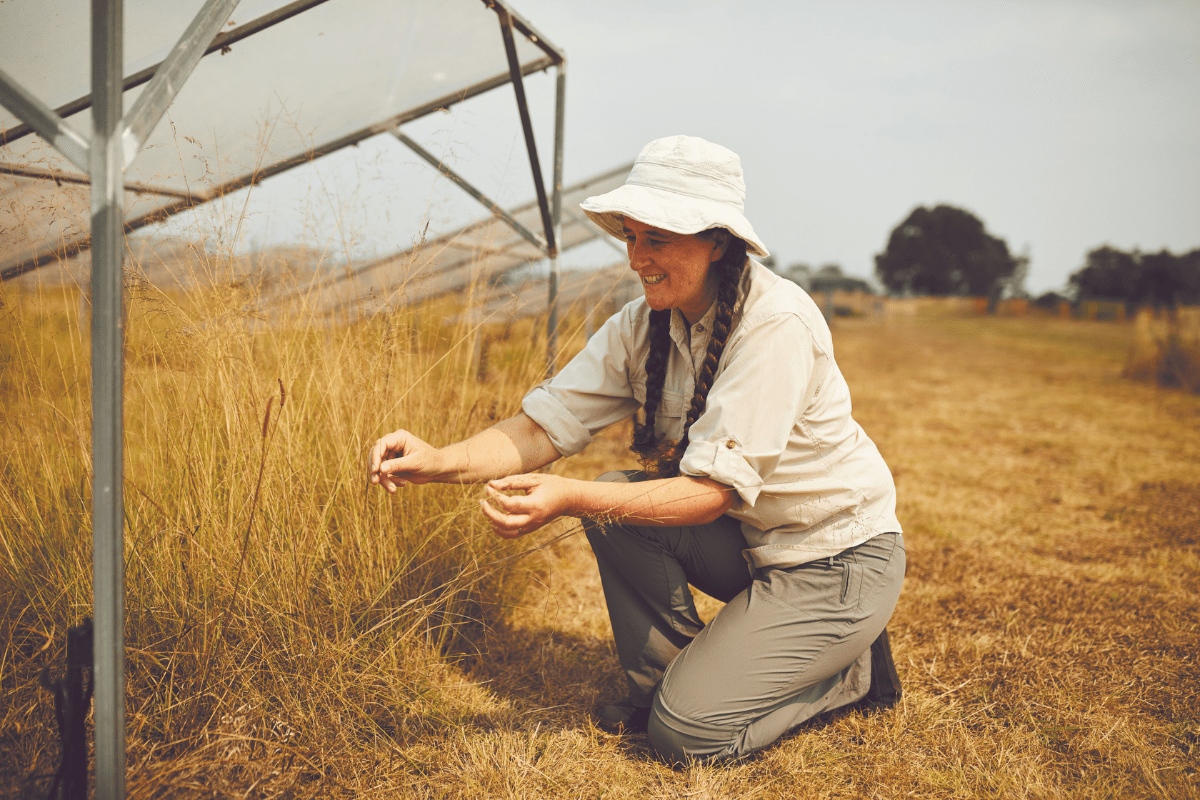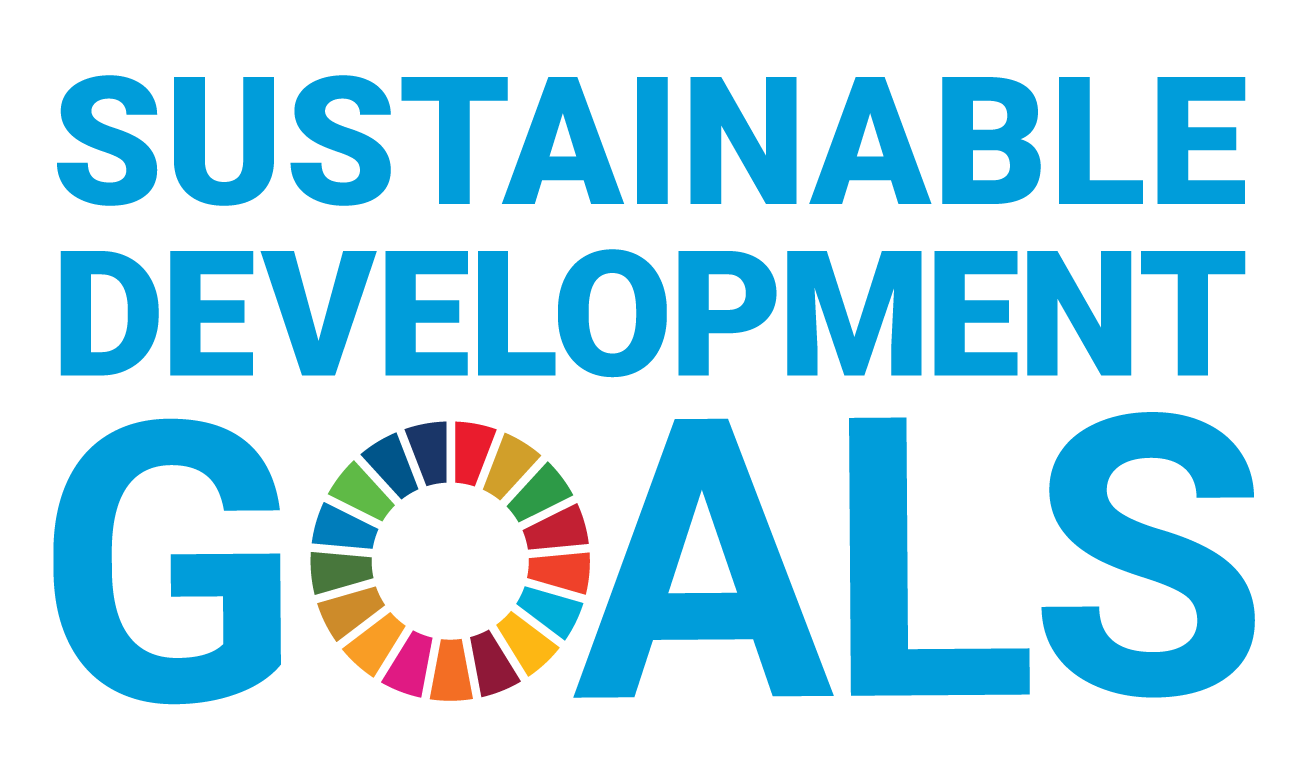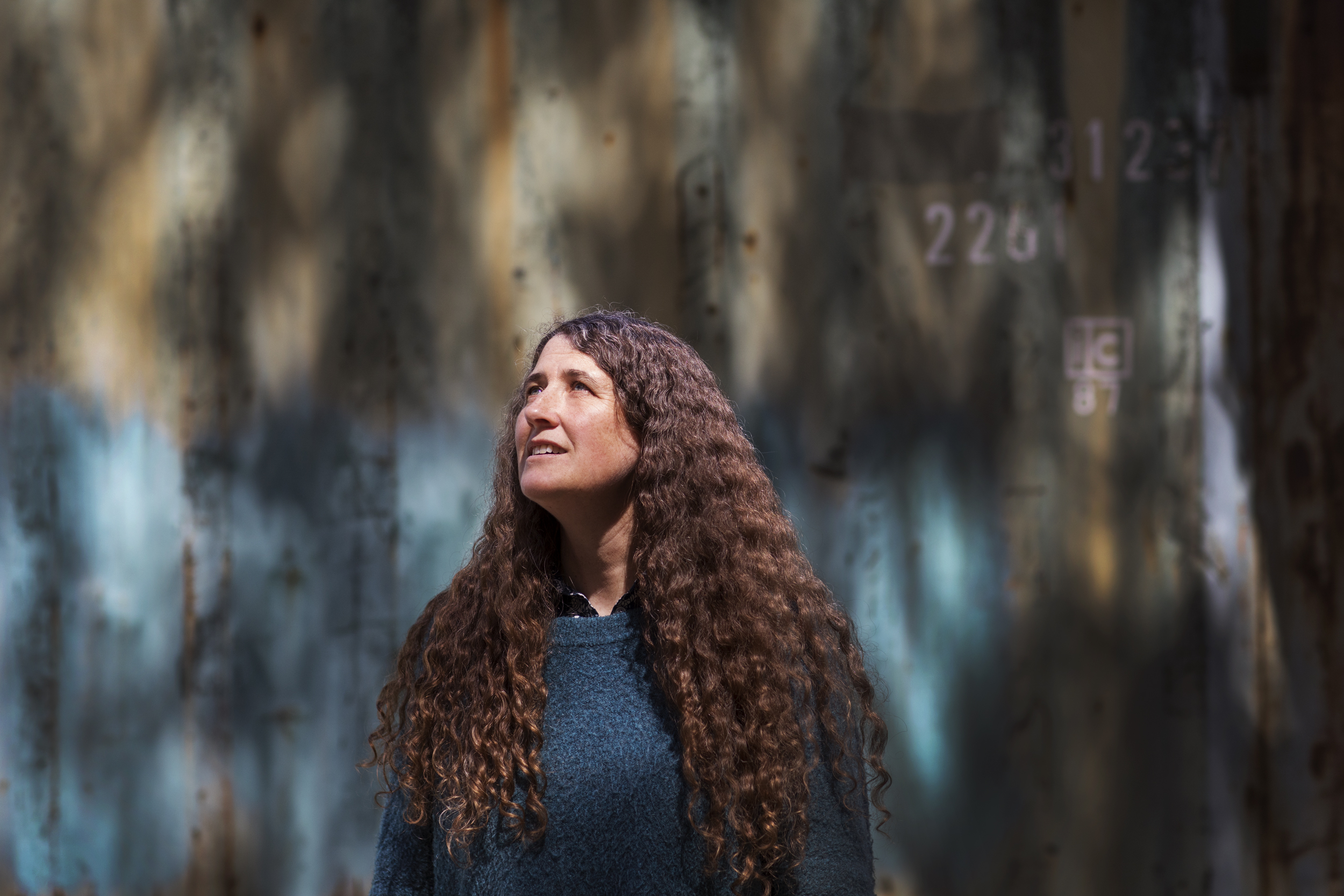You can search for courses, events, people, and anything else.
Thirty years ago, as a PhD student, Belinda Medlyn began to examine what will happen to Australia’s vegetation when atmospheric CO₂ hits critical levels.
The ecologist now leads the Ecosystem Function and Integration Theme, and the Climate and Forest Ecosystem Modelling Group, at Western Sydney University, and her focus is on understanding the impacts on environments as CO₂ levels and climate change spiral out of control.
During her PhD at the University of New South Wales (UNSW), her experiments focused on a theoretical future of a much warmer world. "But now, we’re seeing it play out," she says. "We’re in a big global experiment."
In her position as a Distinguished Professor at Western’s Hawkesbury Institute for the Environment, her focus is on constructing a continent-scale computer model of Australia’s vegetation, from the hummock grasses in the red centre, to the towering eucalypts of Western Australia.
CREATING PLANT AVATARS
The hope is that this model will enable more accurate assessments of how landscapes could transition as they experience higher temperatures and changing rainfall. "We’re looking at Australian vegetation as a whole, and we’re trying to think about how different components might shift or change," Medlyn explains.
Although vegetation is really complex, it follows a set of rules which can be mapped mathematically, she says. "The maths attempts to come up with equations that describe the patterns that you see."
Based on that simple concept, Medlyn and colleagues are constructing a complex simulation of Australia’s landscapes and vegetation, down to a resolution of around five square kilometres.
They want to know where plants are likely to die, where they are likely to thrive, and where vegetation types will be replaced. The work could also help predict changes in bushfire patterns.
Need to know
- Belinda Medlyn is constructing a model of Australia’s vegetation.
- It will assess how vegetation will change with higher temperatures and changing rainfall.
- A focus will be placed on extreme events.
"People don't take you seriously because they're not expecting a woman to present a mathematical model."
AN EXTREME FUTURE
Medlyn’s research addresses the UN Sustainable Development Goal —Life on Land — which aims for sustainable use of terrestrial ecosystems, including forests. "Ultimately, the aim is to use this research in management as well, so that you can say if we were to plant this kind of forest here, whether it would do well," Medlyn says.
Aside from the development of the model, her research has also highlighted how little was known at the time she was doing her PhD about what the future would hold. The prevailing thinking was that the Earth would get a little hotter and drier, but the extreme rises were wildly underestimated.
"A lot of the focus of the research now is on the really extreme events," she says. "We overestimated the capacity of plants to cope with what was coming."
UNSW climate scientist and colleague, Professor Andy Pitman, director of the ARC Centre of Excellence for Climate Extremes, says Medlyn’s research is significant because it addresses one of the three crucial questions for understanding what the future of the planet will be — the future of food, the future of water, and the future of carbon.
"In order to understand the future of carbon, we have to understand how above- and below-ground vegetation responds to climate, and Belinda is doing work fundamental to answering that," Pitman says.
BUILDING CONFIDENCE
Medlyn isn’t the only ecological mathematician in Australia, but she’s one of very few women in the field, and that’s had an impact on her experience as a scientist. "There certainly have been times where people don’t take you seriously because they’re not expecting a woman to present a mathematical model," she says. This has taught her the importance of being confident in her abilities and presentation, a skill she is working to impart to the next generation.
"I work with a lot of younger women, and building their confidence is a really important thing. Giving them permission to be authoritative and to see themselves as the authority in the subject," Medlyn says. "That takes quite a while to learn."
Being awarded an ARC Georgina Sweet Australian Laureate Fellowship in 2019 was in part due to Medlyn’s efforts in this regard. These fellowships are awarded to female researchers in recognition of their significant contributions both to their fields of research and to advancing women.
Medlyn herself has had an unconventional scientific career path, working part time for ten years to spend more time with her children when they were younger. She’s an advocate for what she calls 'off-ramps' and 'on-ramps' in a scientific career; the idea that scientists should be able to take some detours from a full-time research career to spend time doing other things, whether that is raising a family or simply pursuing different interests.
"Just because you step off the pipeline for a beat, that shouldn’t be the end," she says. But people need support to do that. "I was lucky that I had some really good mentors who created opportunities for me that allowed me to come back from part time to full time and build my career from there."
Meet the Academic | Distinguished Professor Belinda Medlyn
I have an Honours degree in Applied Mathematics from the University of Adelaide. After graduating I went to work for a merchant bank and didn't take to it at all. Then I heard a seminar by Hugh Possingham on mathematical ecology. As a keen outdoors type, I was fascinated by the idea that one could apply mathematics to the outdoors.
I went back to university and obtained a PhD in theoretical biology from the University of NSW. I then spent four years as a post-doc in Europe, where I was privileged to work closely with a number of experimentalists who taught me how to interpret data. On my return to Australia I married, had two children, and worked part-time for several years. I'm now full-time again and am enjoying leading a productive research group.
With collaborators around the world, beautiful forests to work in, and a number of challenging research problems to work on, I have never regretted leaving finance!
Credit
Future-Makers is published for Western Sydney University by Nature Research Custom Media, part of Springer Nature.
© Cybele Malinowski
© Ken Leanfore
© Keven Osborne/Fox Fotos/Photodisc/Getty




